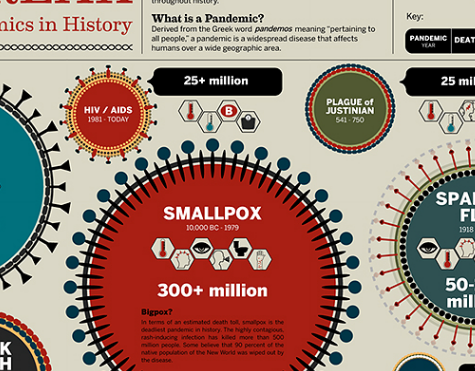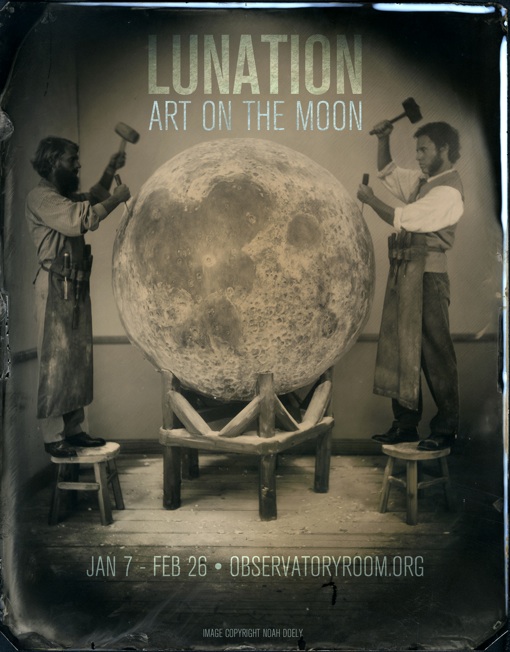
Slate recently had a story by Seth Stevenson on Oregon mapmaker David Imus, who spent thousands of hours painstakingly crafting a two-dimensional wall map of the US. While yet another schoolroom wall map might sound like a complete nonstory, Imus’ Essential Geography of the United States is, in some eyes, a work of art. Imus didn’t use the automated software commonly used in mapmaking. Instead, he selected, sized, colored and tweaked everything himself, eyeballing details like a monk illustrating an illuminated manuscript. The result is a map that was so grossly inefficient to produce, it’s unique in modern society:
Anybody can download databases of highways, airports, and cities, and then slap a crude map together with the aid of a plotter. What separates a great map from a terrible one is choosing which data to use and how best to present it. . .
. . . the big mapmaking corporations of the world employ type-positioning software, placing their map labels (names of cities, rivers, etc.) according to an algorithm. For example, preferred placement for city labels is generally to the upper right of the dot that indicates location. But if this spot is already occupied—by the label for a river, say, or by a state boundary line—the city label might be shifted over a few millimeters. Sometimes a town might get deleted entirely in favor of a highway shield or a time zone marker. The result is a rough draft of label placement, still in need of human refinement. Post-computer editing decisions are frequently outsourced—sometimes to India, where teams of cheap workers will hunt for obvious errors and messy label overlaps. The overall goal is often a quick and dirty turnaround, with cost and speed trumping excellence and elegance.
By contrast, David Imus worked alone on his map seven days a week for two full years. Nearly 6,000 hours in total. It would be prohibitively expensive just to outsource that much work. But Imus—a 35-year veteran of cartography who’s designed every kind of map for every kind of client—did it all by himself. He used a computer (not a pencil and paper), but absolutely nothing was left to computer-assisted happenstance. (source)
As a result, Imus has received a flood of praise. His website boasts endorsements like “I have seen Imus at work. He is both scientist and artist, raising the art of map making to an all-new level.†(Bob Welch, Eugene, Ore. Register-Guard) or “Like a beautifully illustrated manuscript, the map engages both sides of the human brain.” (writer Barry Lopez). I have no idea who Bob and Barry are (nor do I know David Imus) but those are the sort of soundbites that get BioE’s attention. They’re also the sorts of things you often hear about good data visualization and informational design, which elicits a little skepticism, but in this case the Cartography and Geographic Information Society gave Imus their “Best in Show” award. In other words, his work resonates with the general public, but also within the community of technically skilled mapmakers. As Seth Stevenson wrote in Slate,
Other mapmakers I spoke with marveled at the handcrafted beauty of the thing. (One guy reminisced about a Soviet map from the 1970s that used different colors for freshwater and saltwater lakes. He said Imus’ map achieves that level of specificity.) This is an example of heartfelt, artisanal cartography coming from a pro at the top of his game.
While the differences between Imus’ map (snapshot at the top of the post) and those familiar schoolroom National Geographic maps may seem too subtle for the inexperienced eye, Imus is betting we will be affected by those differences, and that they’ll improve the flow of information from map to mind. He’s made a pdf devoted to the educational goals of the project – goals like getting a 2D map to elicit a more intuitive appreciation of the US’ varied topography, or manipulating the density of town names to convey a better sense of population density in different regions.
But even if the educational benefit were marginal, the map has a certain artisanal cred that’s increasingly scarce. An era of pervasive technology has sparked new appreciation for the old-fashioned techniques of letterpress, letter-writing, calligraphy, photography, etc. – even handwritten letters seem unusual today. And while we all use technology to assist us, we appreciate work in which the artist/designer has taken interstitial default choices back from the machine. That’s increasingly hard to do, especially with mass-market tools. As you probably have experienced, Microsoft Word automatically formats and “corrects” your document willy-nilly, as if it knows better than you do what you are trying to say; I always turn its more paternalistic functions off. But there are some standardized technologies to which I capitulate, allowing my work to conform to the technology and its defaults, instead of vice versa (like when I used to size paintings just small enough to fit on my flatbed scanner!). We may not pay attention to how we let our tools make certain choices for us, but we do let them make those choices – and Imus’ work is an example of the difference it makes when you take those choices back.




